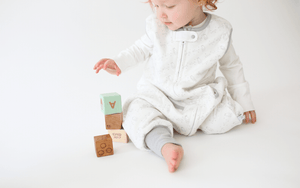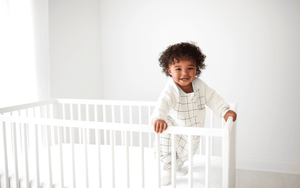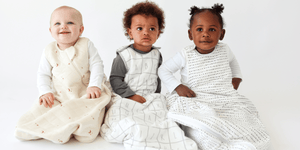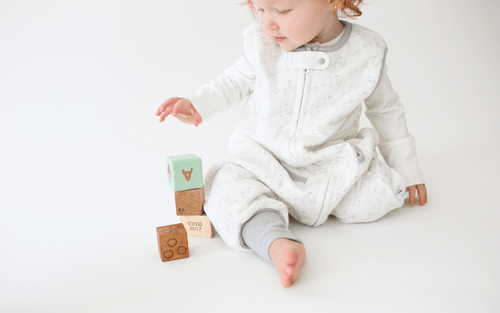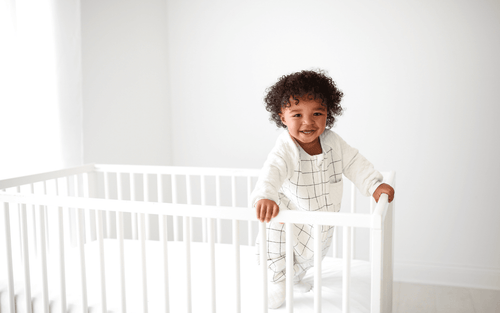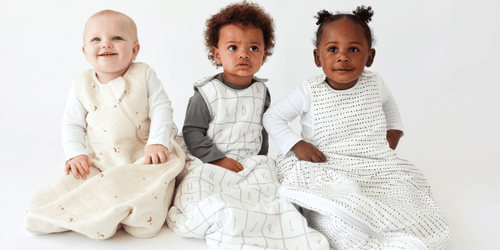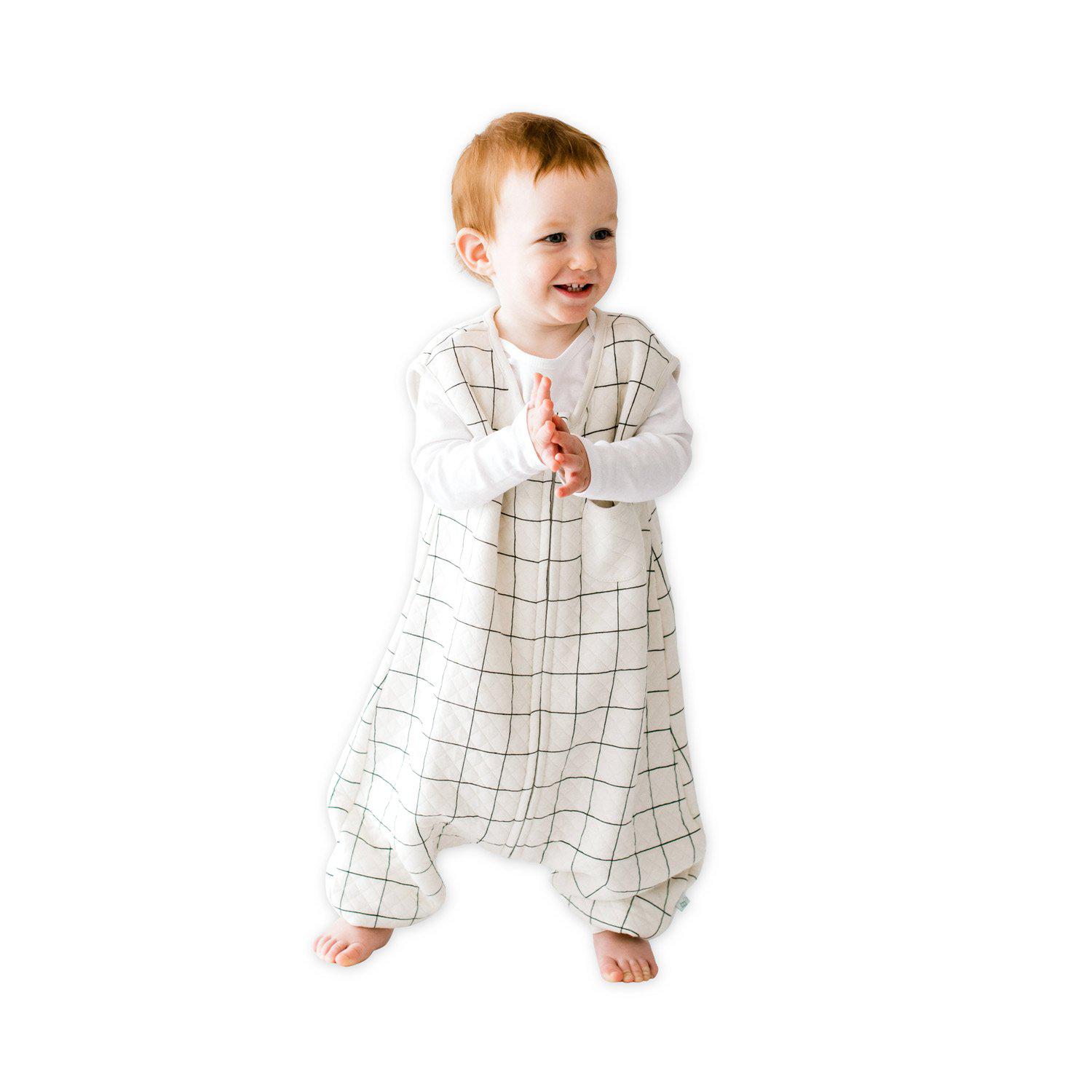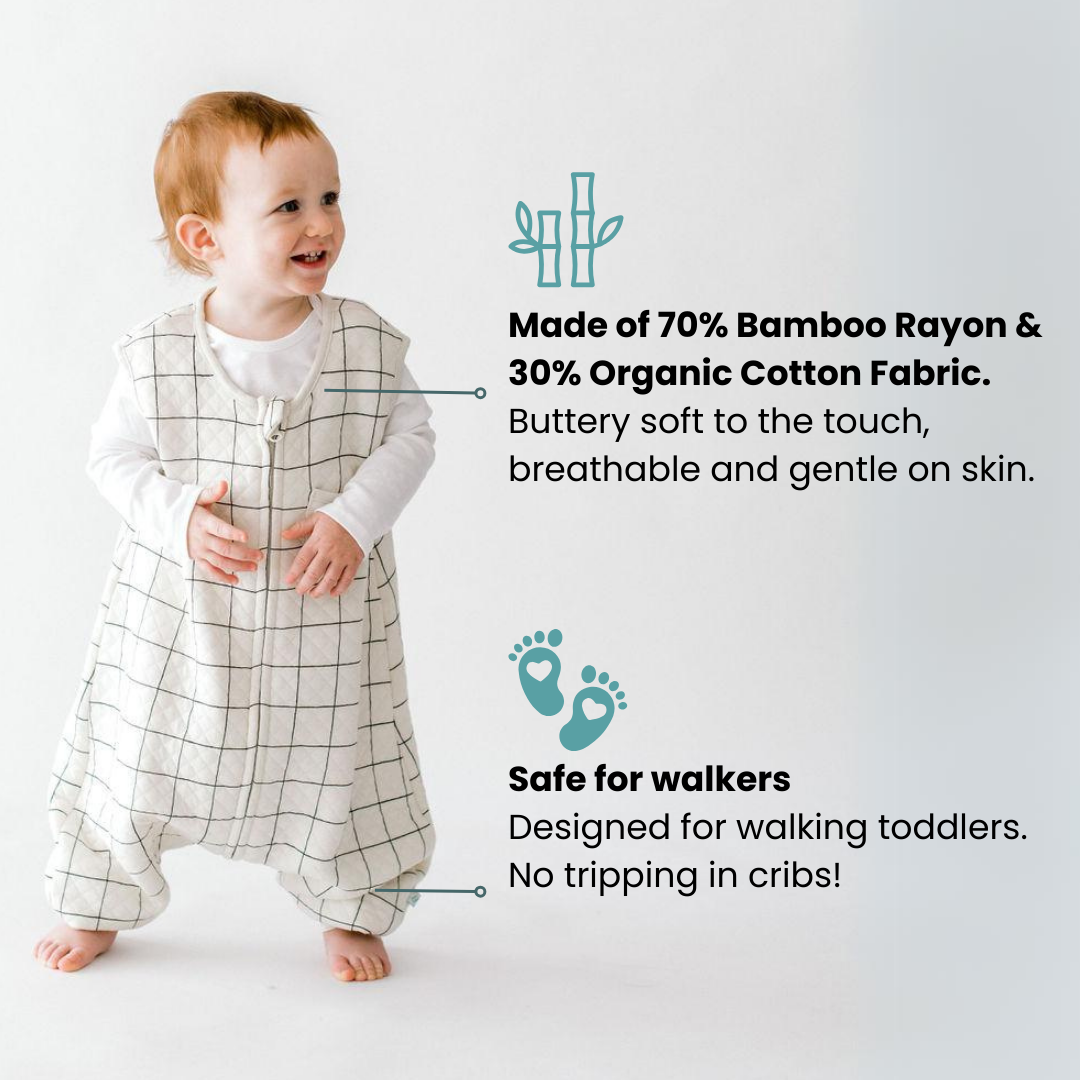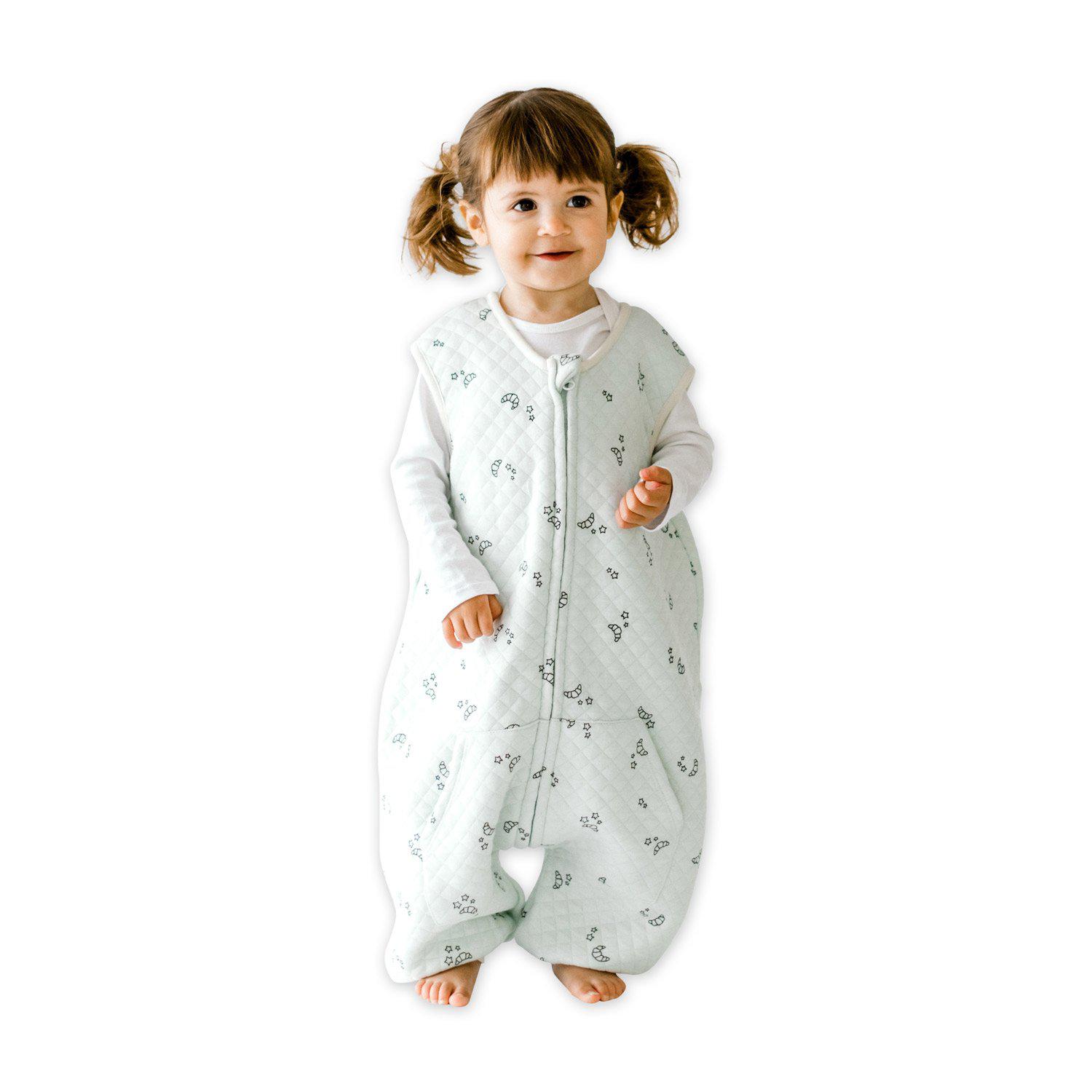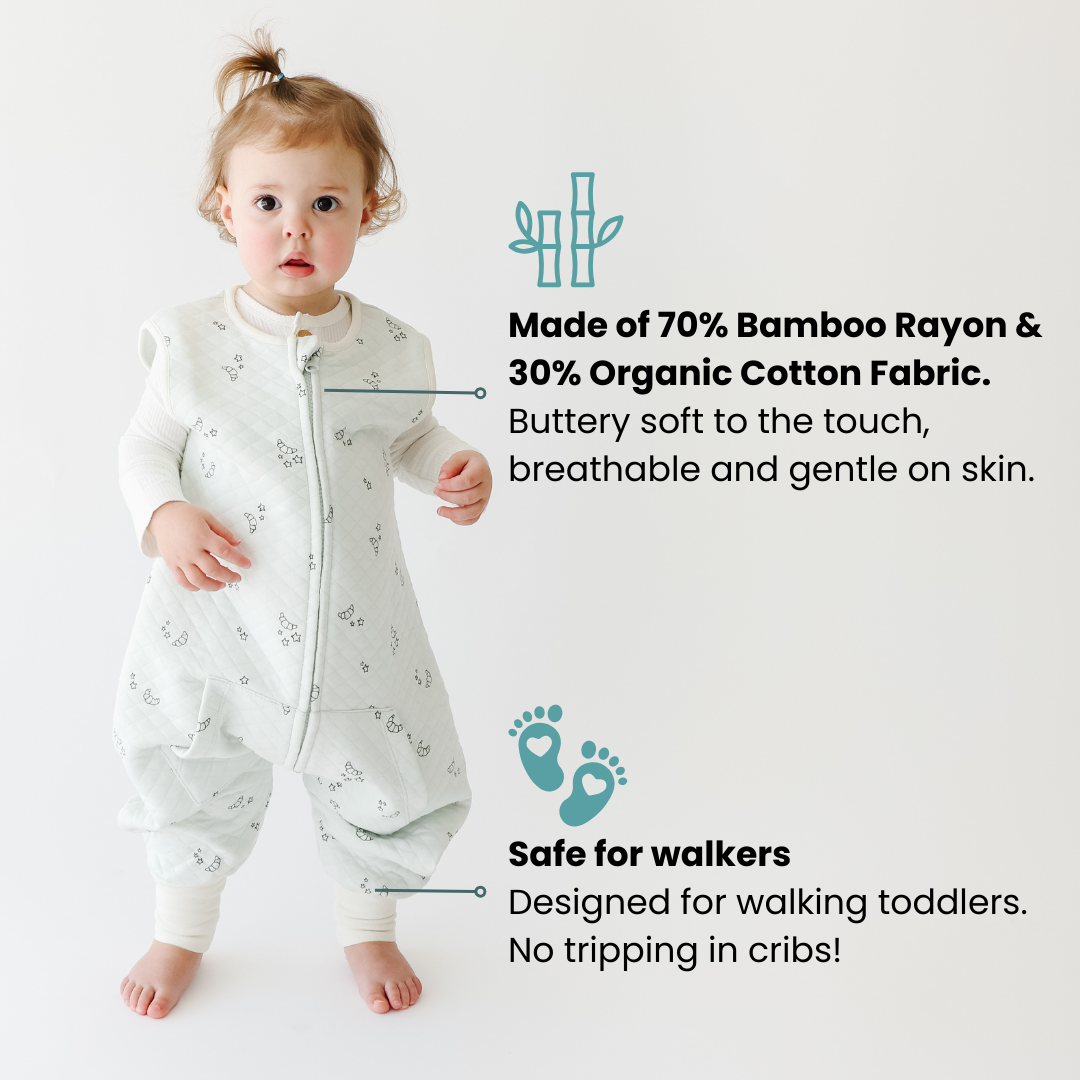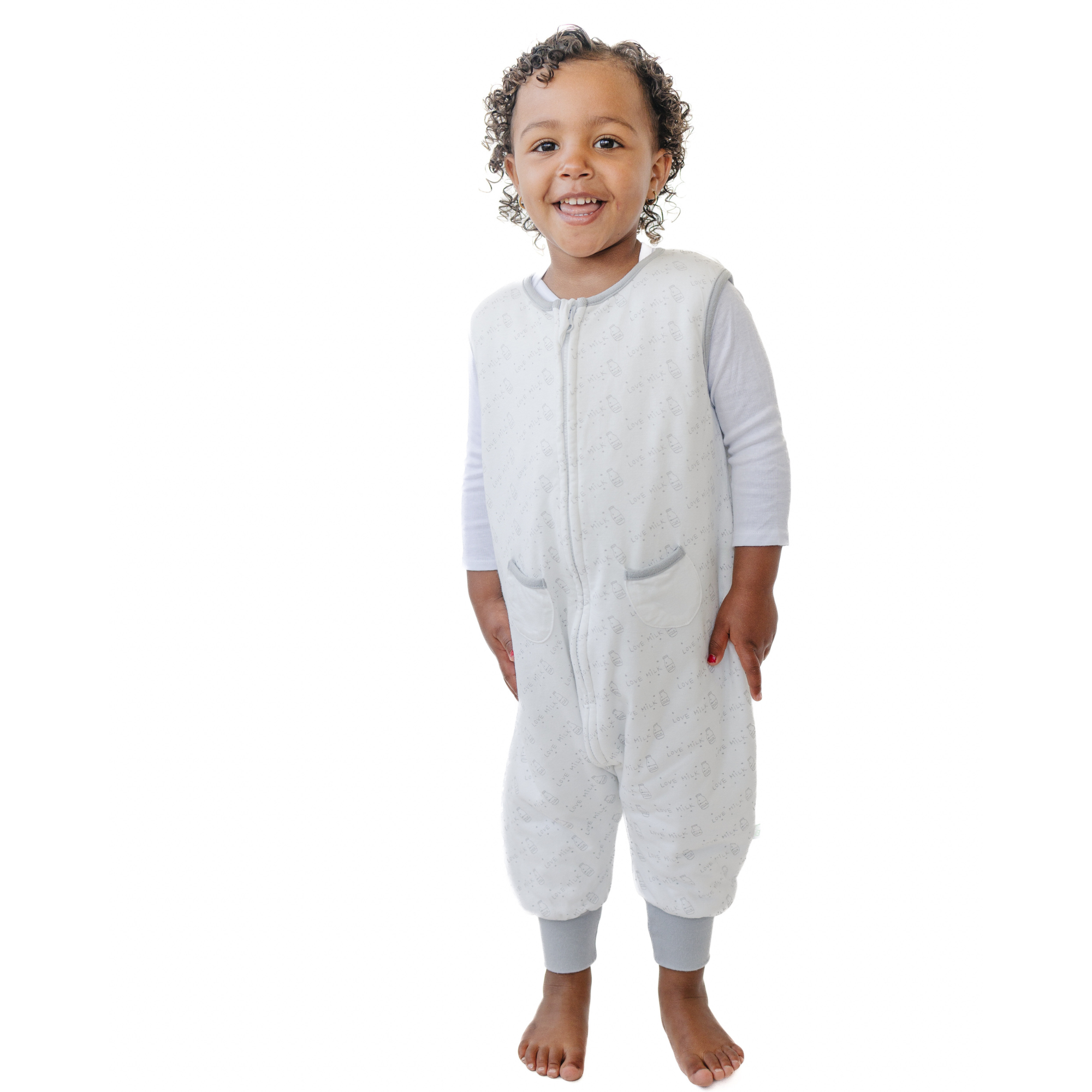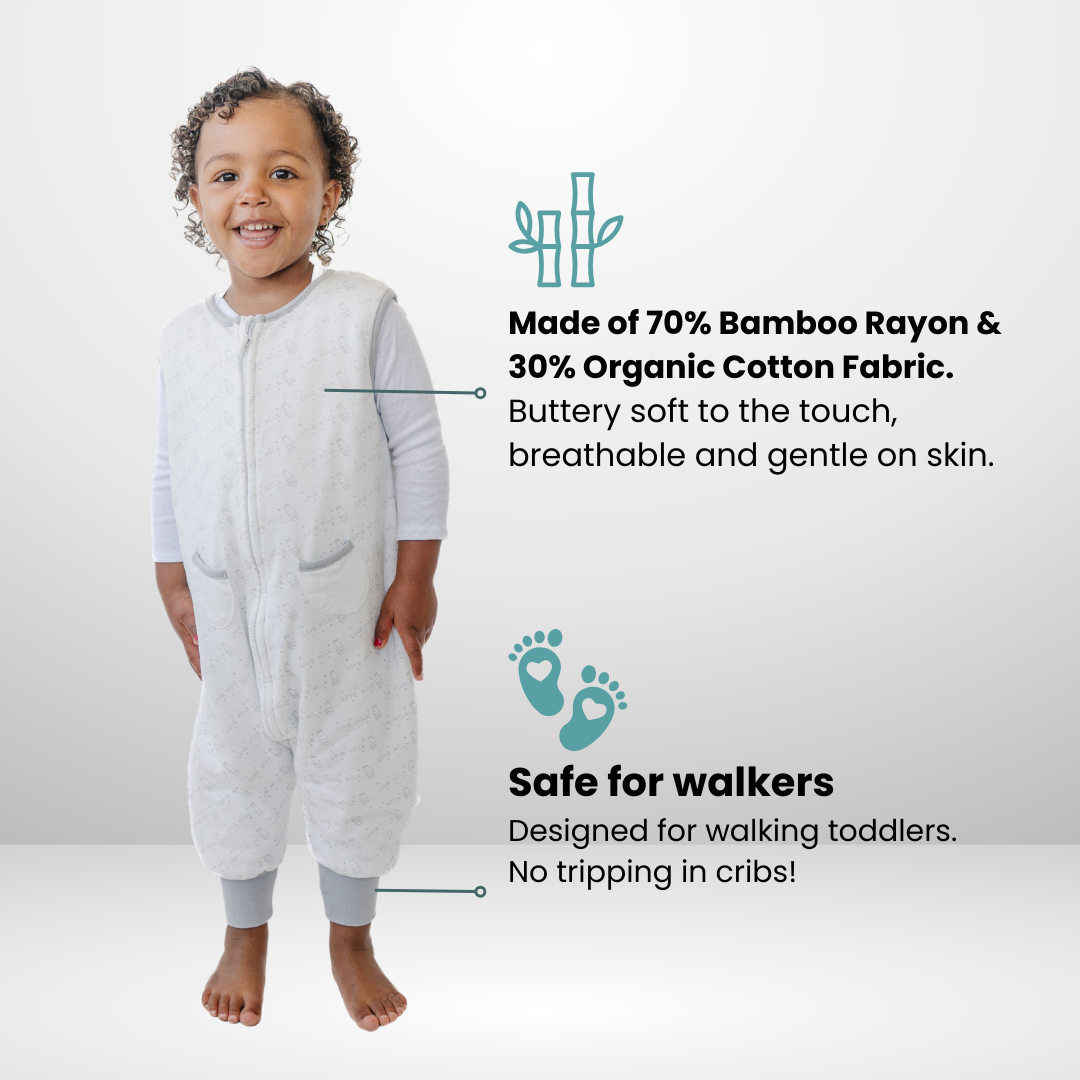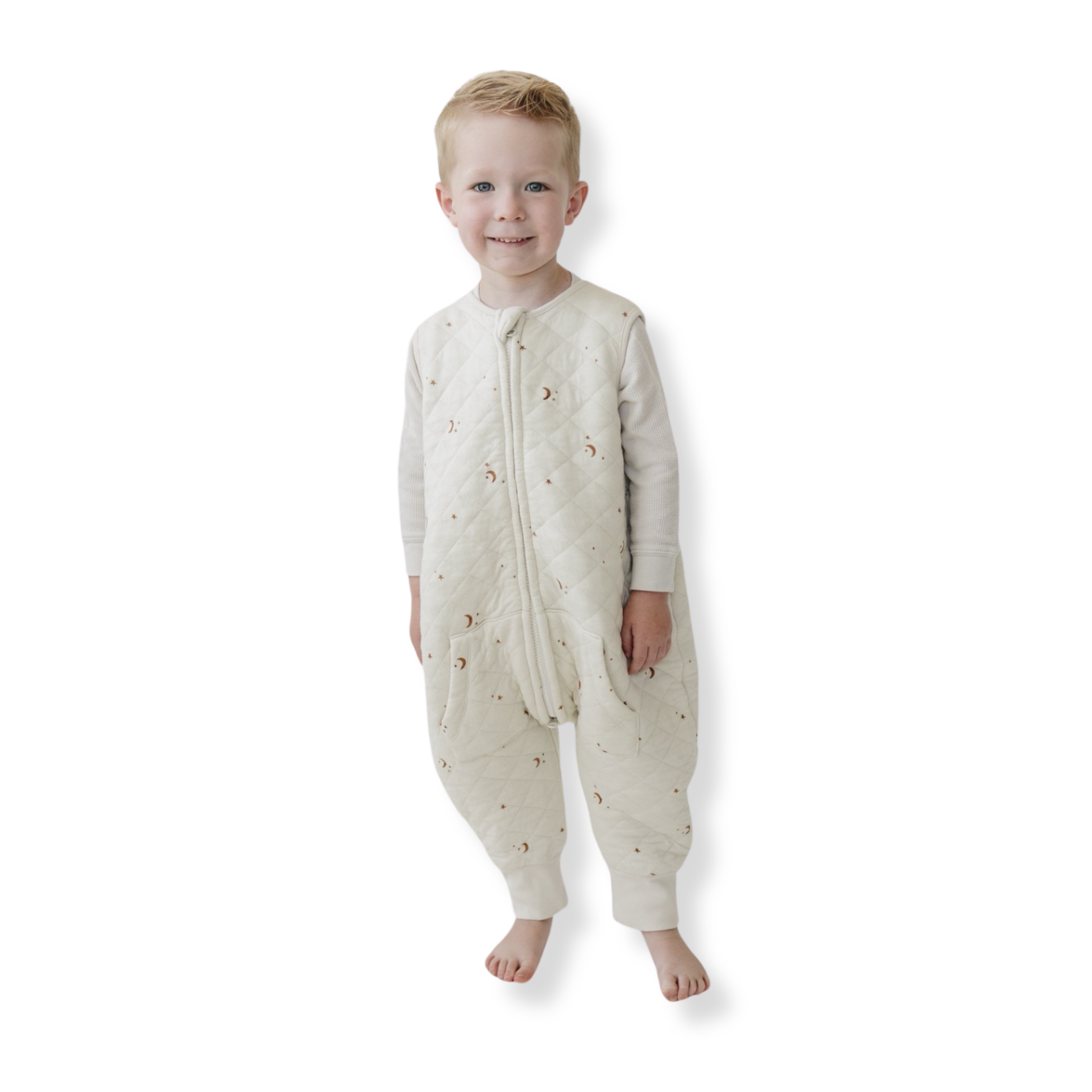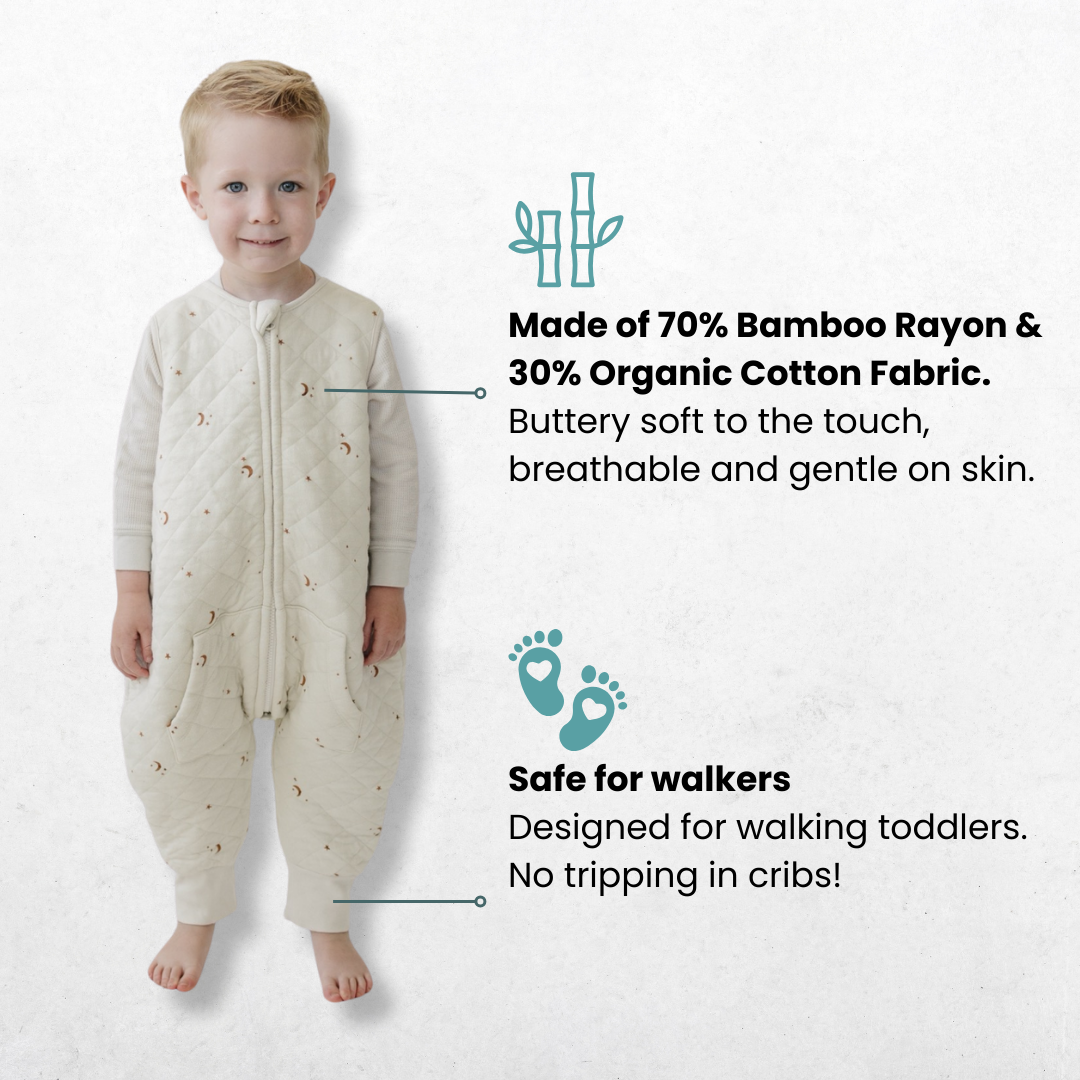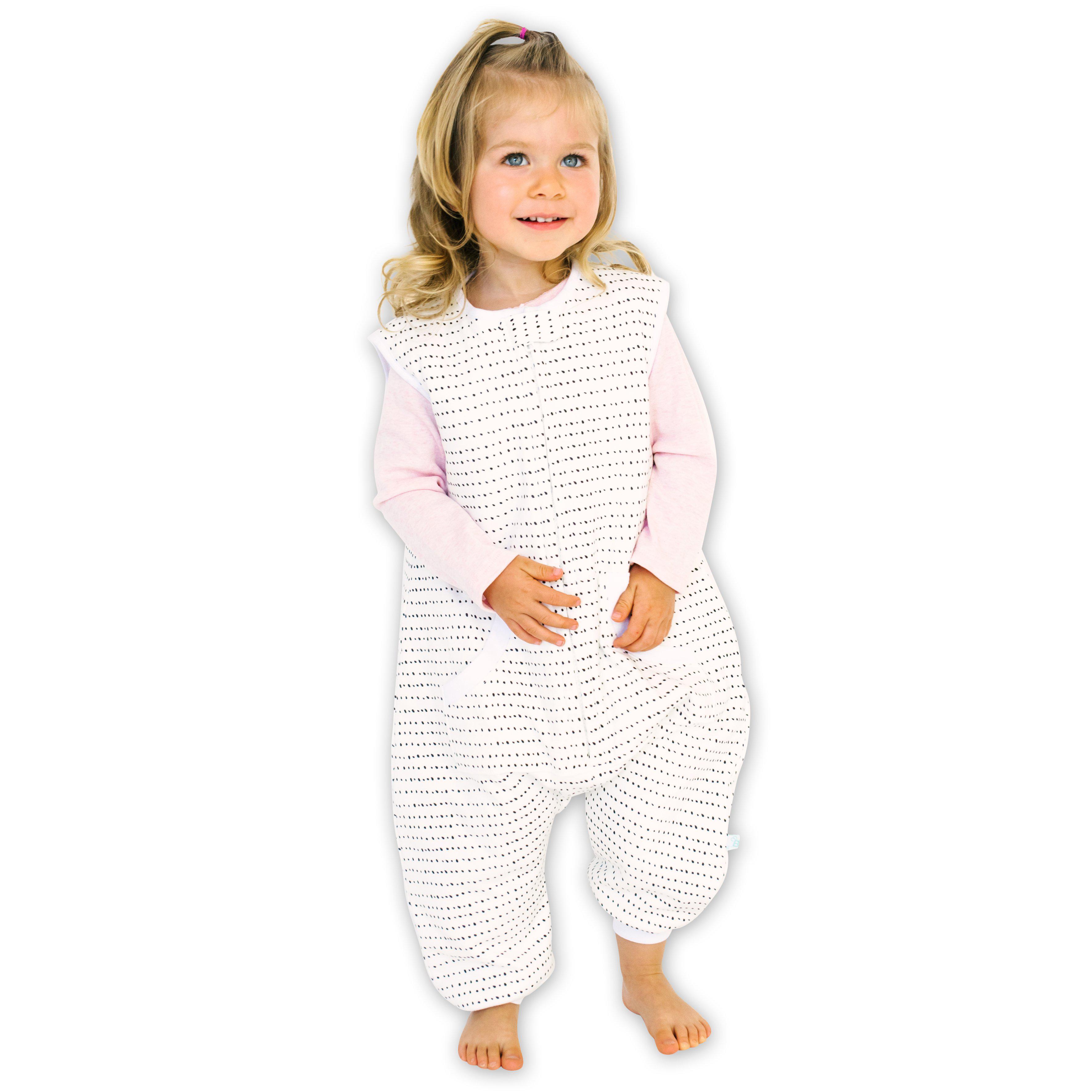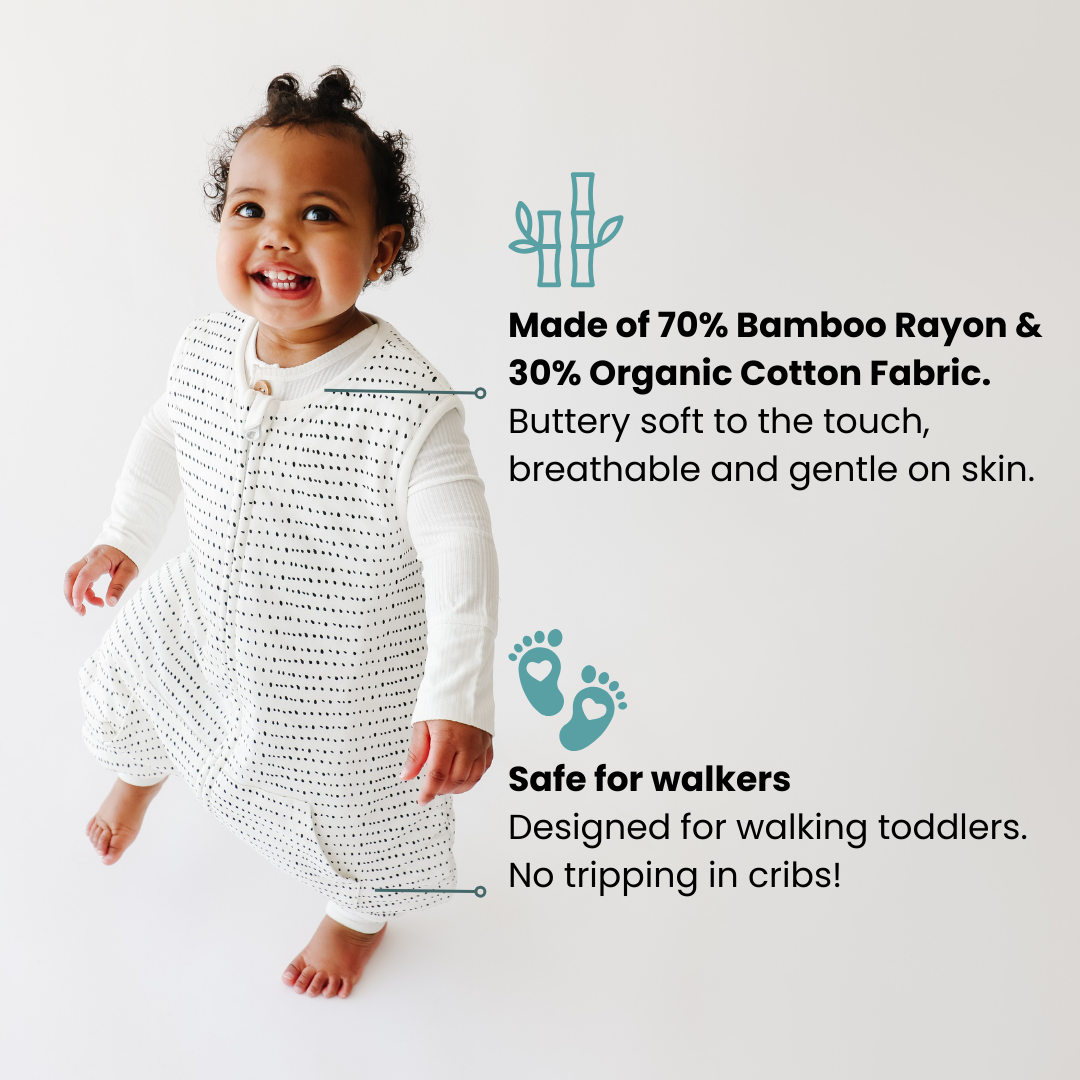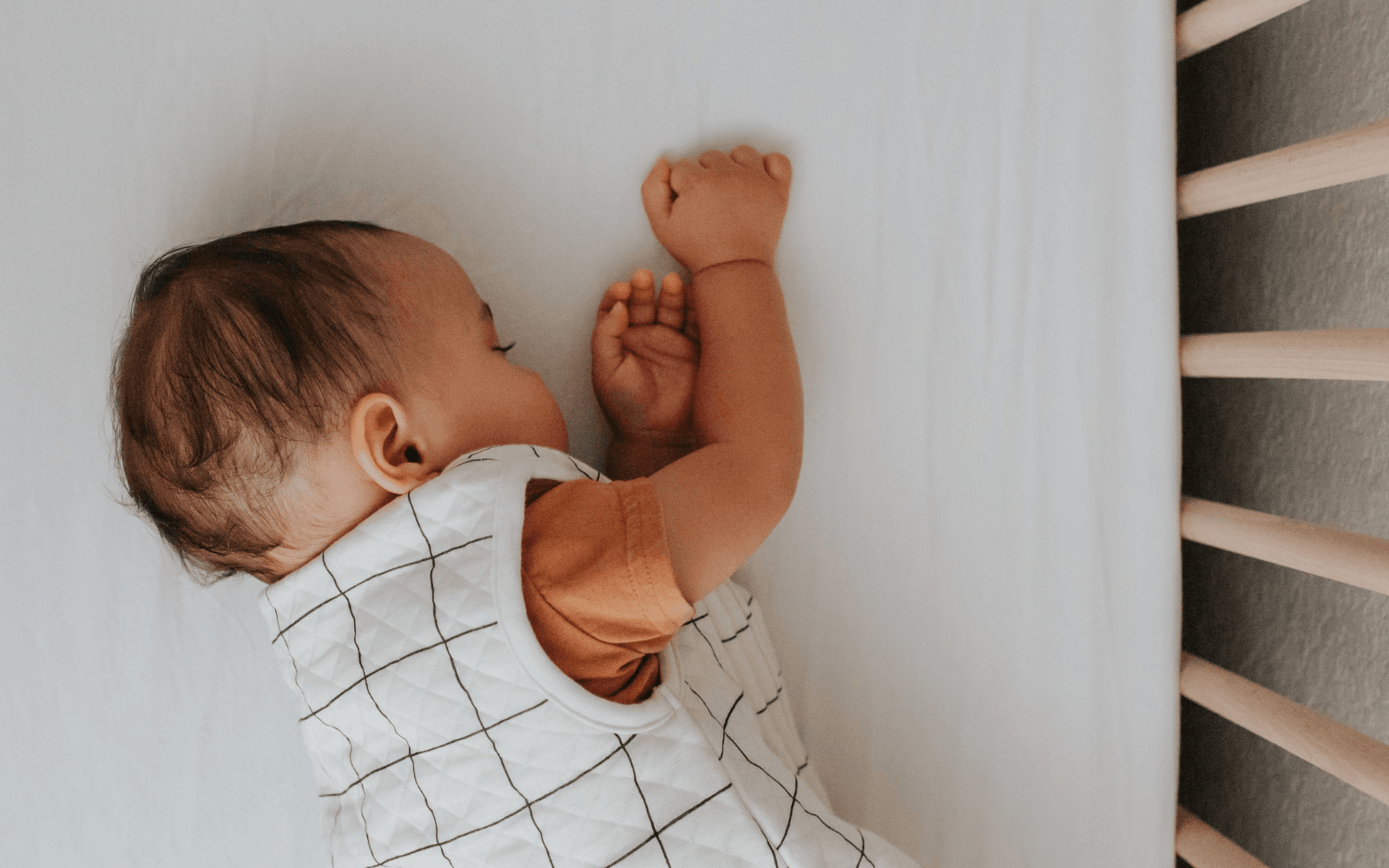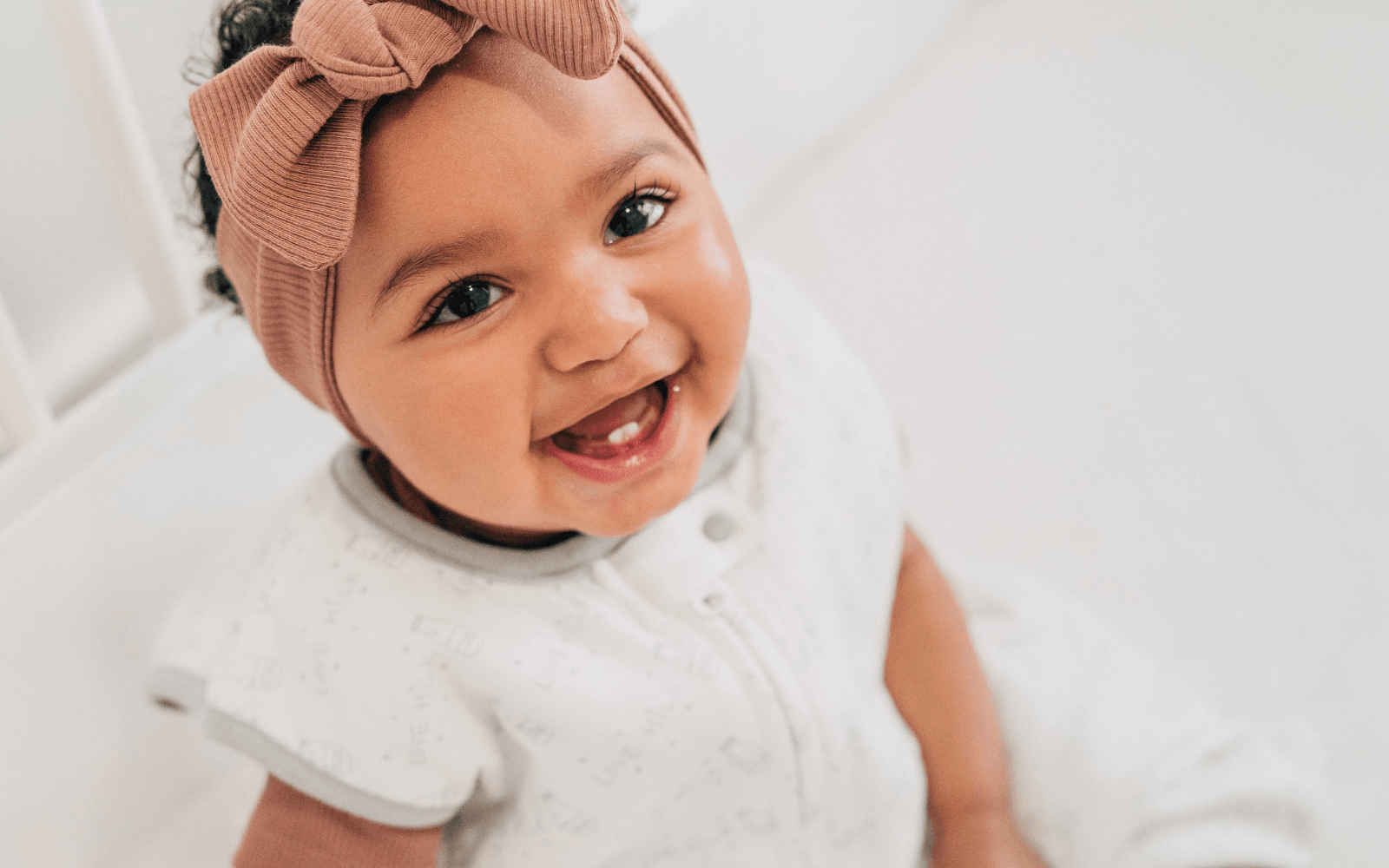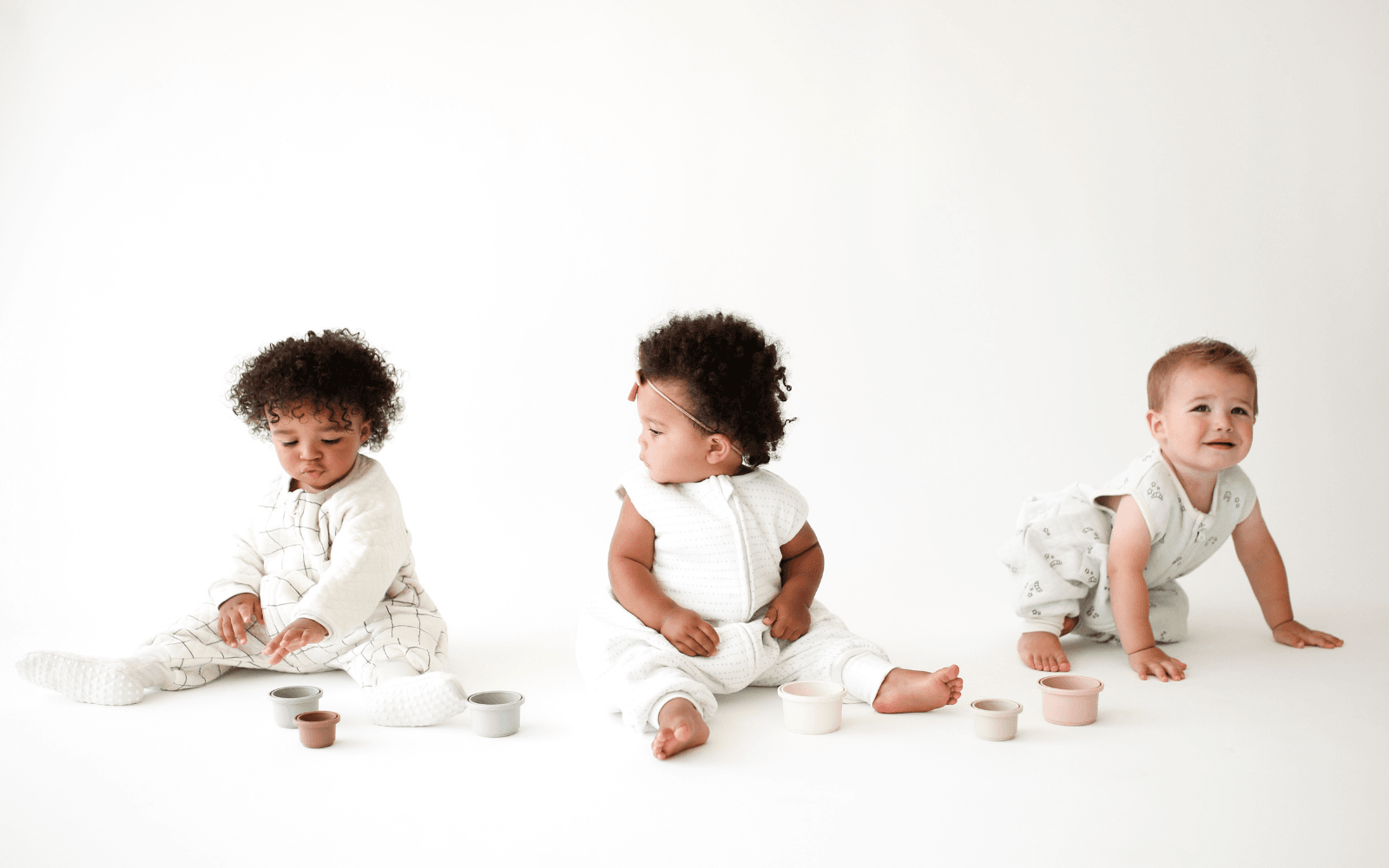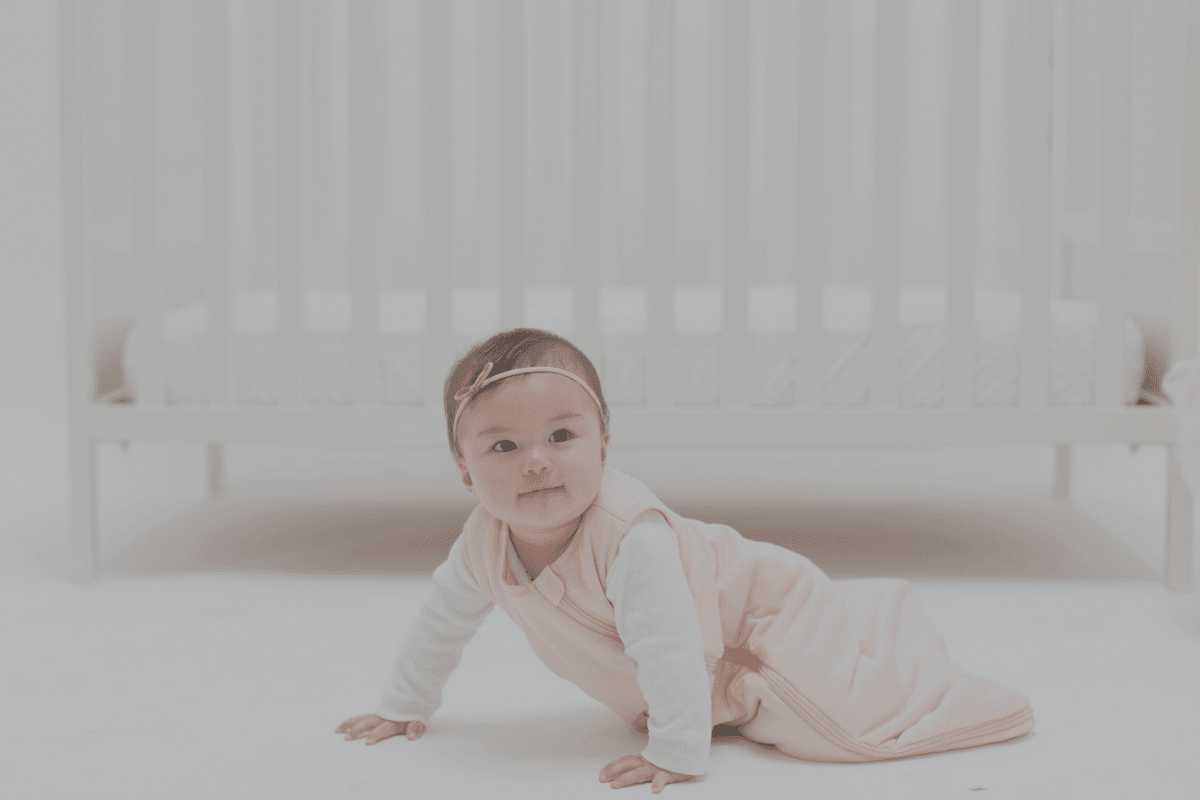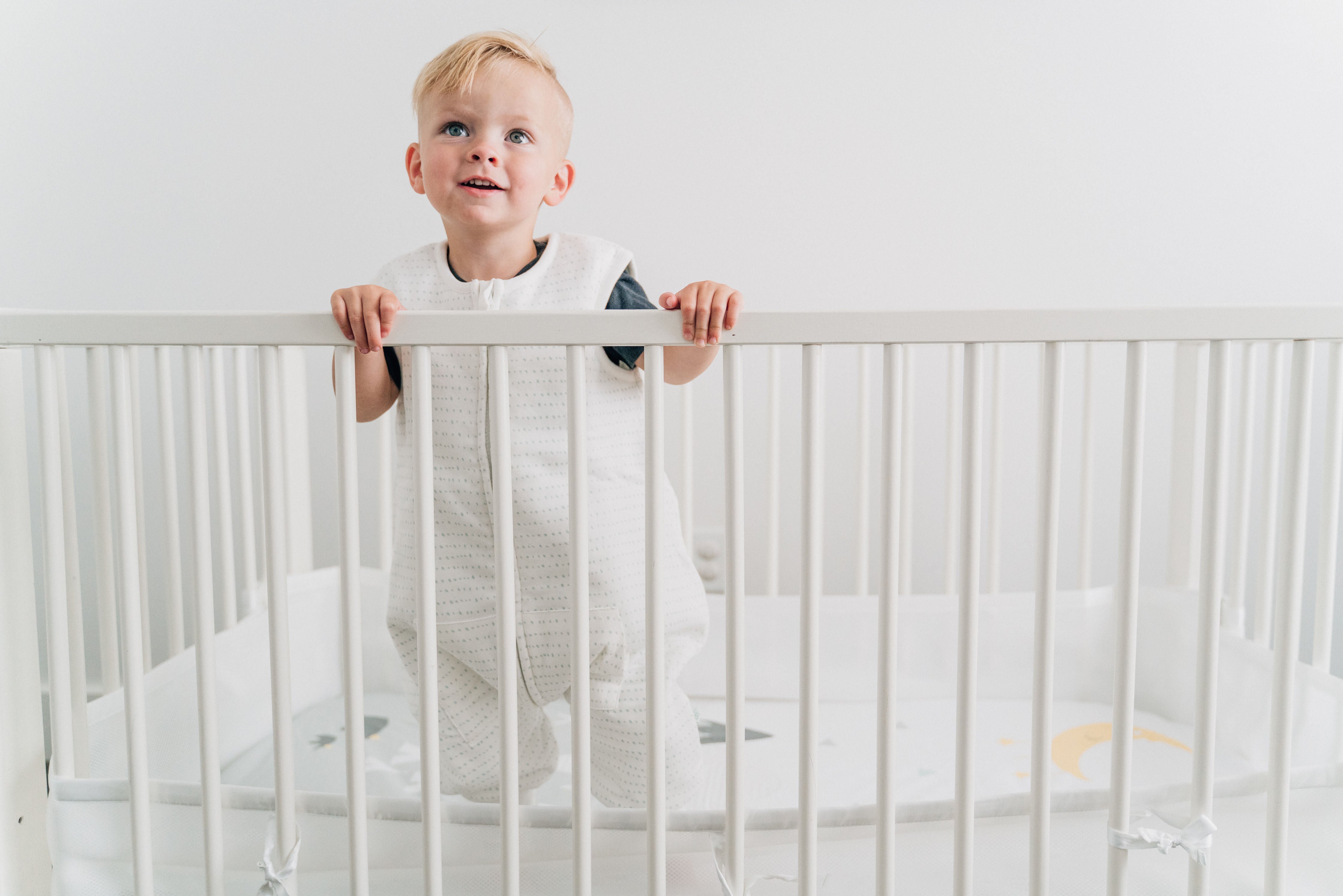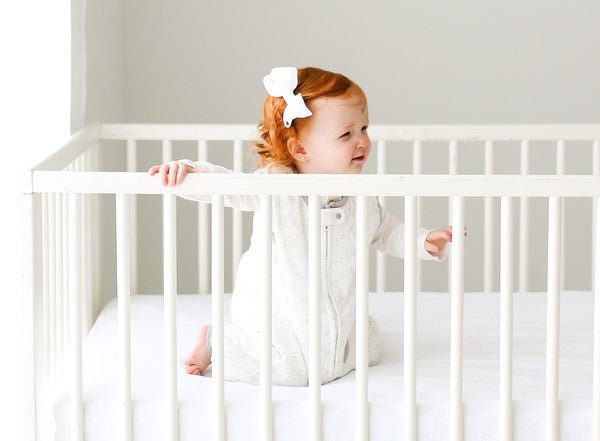Saying Goodbye to the Crib
Transitioning from a crib to a bed is an exciting milestone in a child's life, but it can also be a stressful and overwhelming experience for both the child and the parents. It is important to make this transition at the right time to ensure that the child is ready and comfortable with the change. In this blog article, we will discuss how and when a child should transition from a crib to a bed.
When to transition?
There is no set age for when a child should transition from a crib to a bed. Every child is different, and the decision to make the transition should be based on the child's readiness and developmental stage rather than their age. The American Academy of Pediatrics recommends that parents transition their child from a crib to a bed between the ages of 2 and 3 years.
Signs that your child may be ready to transition include:
-
Climbing out of the crib: If your child has started climbing out of the crib, it's time to transition to a bed. This is a safety concern as they could fall and get injured.
-
Crib too small: If your child has outgrown the crib, it's time to move to a bed. It's important for them to have enough space to move around and sleep comfortably.
-
Potty training: If your child is potty training, they may need to have access to a toilet during the night, which can be difficult if they are still in a crib.
-
Interest in a big kid bed: If your child is showing an interest in a big kid bed, it may be time to make the transition. This can be a positive sign that they are ready for the change.

Ultimately, parents should consider their child's physical and emotional readiness for the change, as well as safety concerns when deciding when to make the transition from crib to bed. It is important to note that some children may be ready earlier or later than others, so it is essential to pay attention to your child's individual needs and readiness.
-
Separation anxiety: Moving to a new bed can be a big change for a child, and they may experience separation anxiety when they are no longer in the familiar environment of their crib.
-
Sleep disturbances: It is common for children to experience sleep disturbances during the transition, such as waking up more frequently or having trouble falling asleep in their new bed.
-
Safety concerns: When children move from a crib to a bed, they have more freedom to move around, which can lead to safety concerns. Parents may worry about their child falling out of bed or wandering around the house during the night.
-
Regression: Some children may experience regression during the transition. They may start having accidents after being potty trained or develop other behaviors that they had previously grown out of.
-
Resistance to change: Some children may resist the change and refuse to sleep in their new bed. This can make the transition even more challenging for parents.
-
Choosing the right time: It can be difficult to know when the right time is to make the transition. If it is done too early, the child may not be ready and have trouble adjusting. If it is done too late, the child may become too attached to their crib and have a harder time letting go.
How to transition?
-
Involve your child: Talk to your child about the transition and involve them in the process. Let them choose their new bedding or even take them shopping for a new bed. This can help them feel excited and in control of the change.
-
Gradual transition: To make the transition less overwhelming, you can start by having your child nap in their new bed before moving them there for nighttime sleep. This will help them get used to the new bed gradually.
-
Keep bedtime routine: Keep your child's bedtime routine the same as much as possible. This will help them feel comfortable and familiar with the new sleeping arrangement.
-
Safety first: Make sure your child's new bed is safe and secure. Use guardrails to prevent falls and ensure that the bed is placed in a safe location in the room. Remove curtains, cords or cables nearby.
-
Be patient: Remember that it may take some time for your child to adjust to the new bed. Be patient and give them time to get used to the change.
Types of Beds
When transitioning a child from a crib to a bed, parents have several options to choose from, depending on the child's age, size, and personal preferences. Here are some of the most common types of beds that parents choose for their children:
Toddler Bed:
Toddler beds are designed for children between the ages of 2 and 4 years old. They are smaller than twin beds and have safety rails to prevent the child from falling out. Toddler beds often have fun and colorful designs, making the transition more exciting for the child.
Twin Bed:
Twin beds are a popular choice for older children who have outgrown their toddler bed. They provide more space for the child to move around and offer plenty of options for bedding and decor.
Full Bed:
Full beds are larger than twin beds and provide more space for the child to grow into. They are a good option for children who are getting too big for a twin bed or who need more space to spread out.
Bunk Bed:
Bunk beds are a fun and practical option for siblings who share a room. They save space and can be designed with built-in storage and desks.
Trundle Bed:
Trundle beds are a great option for sleepovers or for siblings who share a room but have different sleep schedules. They have a pull-out bed underneath the main bed that can be used when needed.
